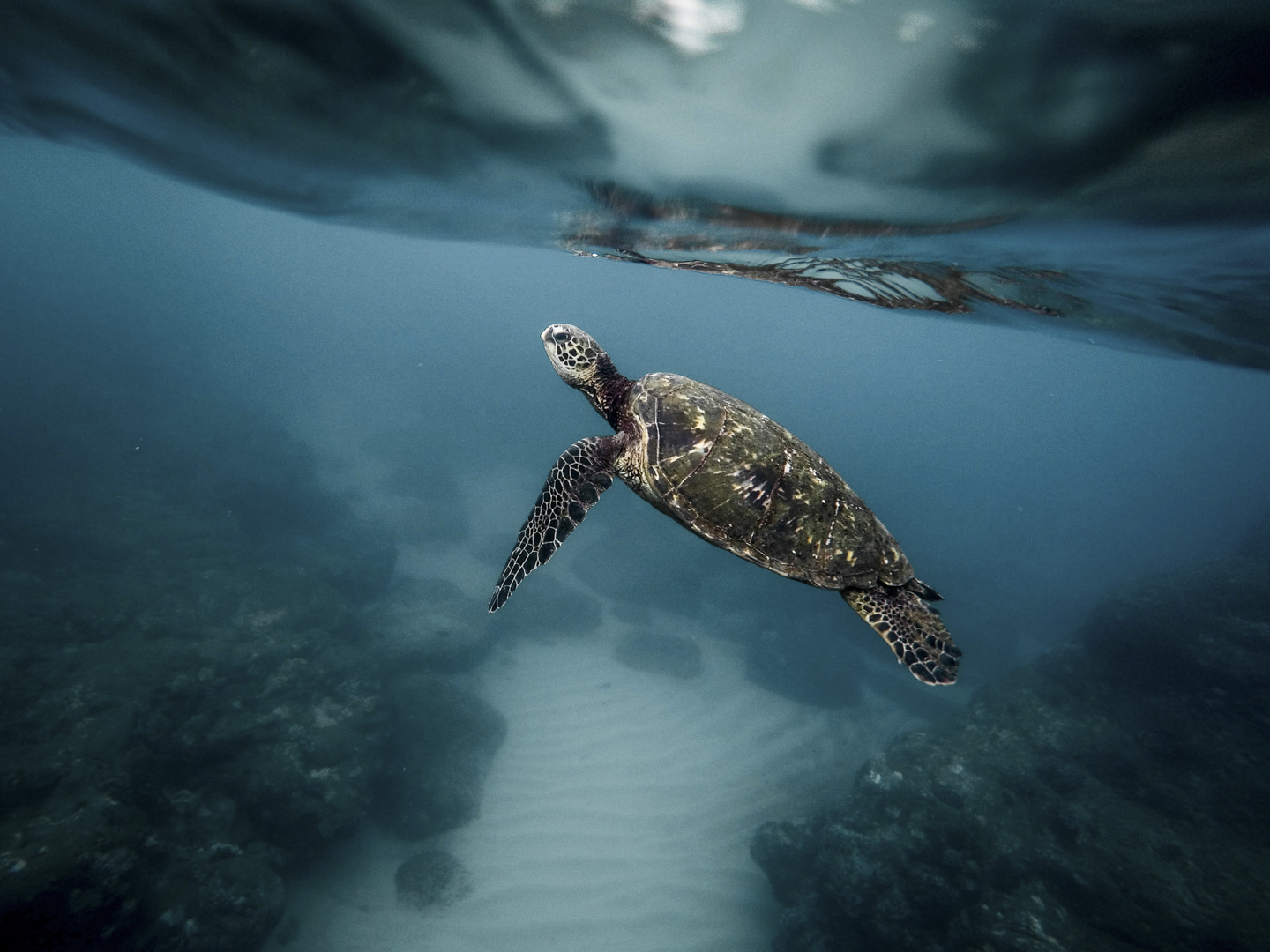
We are living the Anthropocene, an era where human activity has been the dominant influence on climate and the environment. The global pursuit of a higher standard of living points to increasing pressure on ecosystems and biodiversity around the world. Traditionally, people have looked to federal regulation for a solution. But with radical shifts in the political environment, including an American President who openly denies climate change, conservationists are worried.
Luckily, there are a number of bottom-up technology enabled solutions and leaders with a new vision. Thought leaders such as Dr. Alex Dehgan and Paul Bungy of Conservation X Labs have started a movement of “exponential conservation”. During his presentation at SXSW Eco, Dr. Dehgan explained how crowdfunding and corporate partnerships can be leveraged to power new solutions. But, more than raising funds is needed to tackle an issue of this scale. In order to protect our resources, a diverse group of scientists, makers, artists, politicians, farmers, and others will need to work together towards this common goal.
A new wave of technologists are partnering with environmental leaders to develop new solutions. Drones, 3D printers, remote operated vehicles and sensors, mobile applications, and satellite imagery are all on the list of 21st century solutions being used by innovators. The following are some of the more exciting examples of applications:
Virtual Reality — VR is being used by conservation groups like The Nature Conservancy to build affinity for endangered ecosystems. In order to understand the urgency of needed protection, most people would need to feel a connection to the endangered rainforest or remote coral reef. However, ecosystems in the most need of protection are often difficult to reach. VR experiences and 360 degree film bring the experience of these remote locations to you. VR allows potential donors, volunteers, and concerned citizens to experience the sights and sounds of the plants and animals in remote ecosystems. These experiences build connections to the locations that need protection the most.
Virtual and augmented reality experiences are being used for more than visually transporting viewers. Dr. Nick Hedley, Director of the Spatial Interface Research Lab at Simon Fraser University combines interactive Geographic Information Software data with 3D and 4D virtual environments to create multi-dimensional, extraordinary experiences. His models are designed to not only understand existing environments, but also to experiment with marine and coastal management plans. These tools enable scientists and policy makers to visualize the effects of different management plans and strategies in order to choose the best course of action.
Mobile Applications — Mobile applications have become the new field journal for professional and citizen scientists to monitor and search for signs of degradation in natural habitats such as coral reefs. For example, GIS Analyst James Osundwa, recently deployed the Coral Reef Mapping Tool with the World Federation for Coral Reef Conservation. The application designed to be used by SCUBA Divers to collect data off of the coast of the Caribbean Islands of St. Maarten was built using the OpenDataKit. Divers can access the simple application interface on an Android device when they return top-side after a dive. Data is then collected, aggregated, published, and used by the World Federation for Coral Reef Conservation as a tool to develop a Coastal Protection Master Plan.
Hardware — Hardware such as remote sensors, Remotely Operated Vehicles (ROVs), and Satellite imagery are critical to not only monitoring, but enforcement of marine protected area regulations. ROVs are underwater robots used to document marine life, marine habitats, and sample collections. Enforcement of poaching, fishing, and other extraction activities can be extremely challenging, especially in remote reserves and protected areas. Using remote sensors and satellite images to enforce human activities helps to ensure the effectiveness of both fisheries and conservation goals.
With a President in the White House who has openly denied climate change, the responsibility of saving our planet now falls on the shoulders of citizen scientists, artists, farmers, and anyone with the drive to protect. New technology, and the iterative methodologies for implementing and prototyping them offer opportunities for solutions at the grassroots level. Given the rapid acceleration of population growth and climate change, there is no time to waste. The responsibility of protecting our planet for future generations is in all of our hands.